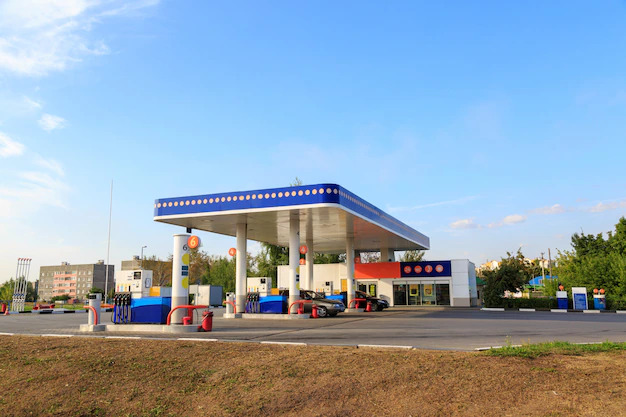.png)
For years, companies with field operations have relied heavily on GPS tracking to monitor employee movement, verify visits, and ensure productivity. But today, GPS alone isn’t enough.
If your team is still depending solely on GPS dots on a map, it’s worth asking: is that data helping you make smarter decisions? Or is it simply being collected to check a box?
The Limitations of GPS Tracking
Traditional GPS tracking has its place. It helps verify location and offers a sense of accountability. But as field operations grow in complexity—and as employees seek more autonomy and trust—companies are realizing the cracks in the system.
Here’s where GPS falls short:
- Lack of Context: Knowing where someone is doesn’t explain what they’re doing or why they may be delayed.
- Employee Pushback: Always-on tracking can feel invasive and lead to disengagement or even attempts to bypass the system.
- Data Overload: Raw location data without context or insights quickly becomes overwhelming.
- No Real Performance Insights: GPS doesn’t measure efficiency, job quality, or whether employees are operating safely in the field.
These challenges often show up in internal reviews, when teams find themselves questioning how to actually use GPS data to improve operations. Many realize they’re tracking movement, but not improving outcomes.
What Modern Field Teams Really Need
Today’s high-performing teams need more than monitoring. They need tools that support decision-making, boost accountability, and promote growth. The goal should be to empower, not just track.
Here’s what that looks like:
1. Outcome-Oriented Insights
Instead of just logging where employees go, forward-thinking platforms analyze patterns: how many tasks were completed, which visits led to conversions, how efficiently time is being spent, and where support might be needed. This helps managers focus on outcomes that actually matter.
2. Behavioral Dashboards
Modern tools provide performance dashboards that highlight trends like timely completion of visits, adherence to safety practices, or task follow-ups. This removes the need for constant follow-ups while giving managers and employees the clarity they need.
3. Gamification and Engagement
New solutions use leaderboards, challenges, and point-based systems to boost motivation. This shifts the dynamic from control to collaboration. Instead of resisting tracking, employees take ownership of their performance and feel proud to lead.
4. Privacy-Respecting Models
Modern platforms strike the right balance between visibility and trust. They avoid 24/7 tracking, instead focusing only on work hours and task-specific data. This builds trust while still providing the necessary accountability.
5. Integrated Support Tools
Today’s field solutions go beyond tracking. They offer real-time nudges, route optimization, task reminders, and coaching suggestions. This makes it easier for employees to stay on track and continuously improve, without needing constant supervision.
From Surveillance to Support
The shift in mindset is clear. Companies that invest in support-focused solutions are seeing better engagement, higher productivity, and improved field safety. The focus is no longer on watching people work—it’s about giving them the tools to succeed.
Many leaders today are reevaluating whether their current systems are helping or hindering growth. It’s not just about knowing where someone is—it’s about knowing how they’re doing, how to help them improve, and how to drive the best results as a team.
GPS tracking served its purpose. But now, smarter tools are setting a new standard.
Don’t Just Track. Transform.
Tracking location alone is no longer enough. Modern field teams deserve modern tools that help them grow, stay safe, and deliver better results.
If you're ready to explore a smarter way to manage and support field employees - without micromanaging - this is the right time to take a closer look.
Book a quick demo today and see what a performance-first, privacy-conscious, and engagement-driven solution looks like in action.
Schedule your 15-minute demo now
Let’s move beyond GPS - and into the future of field operations.



.png)

